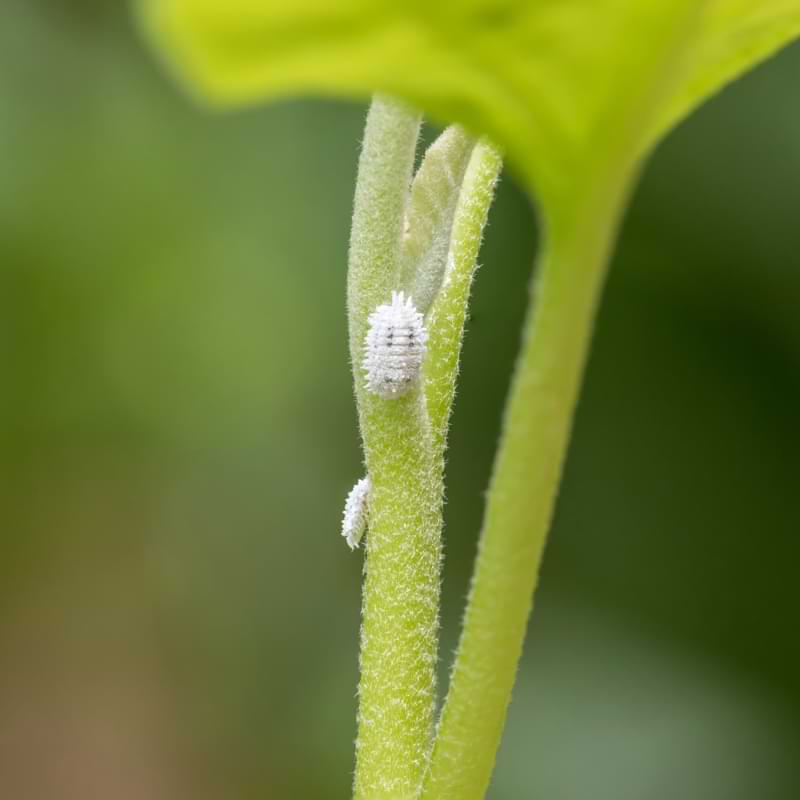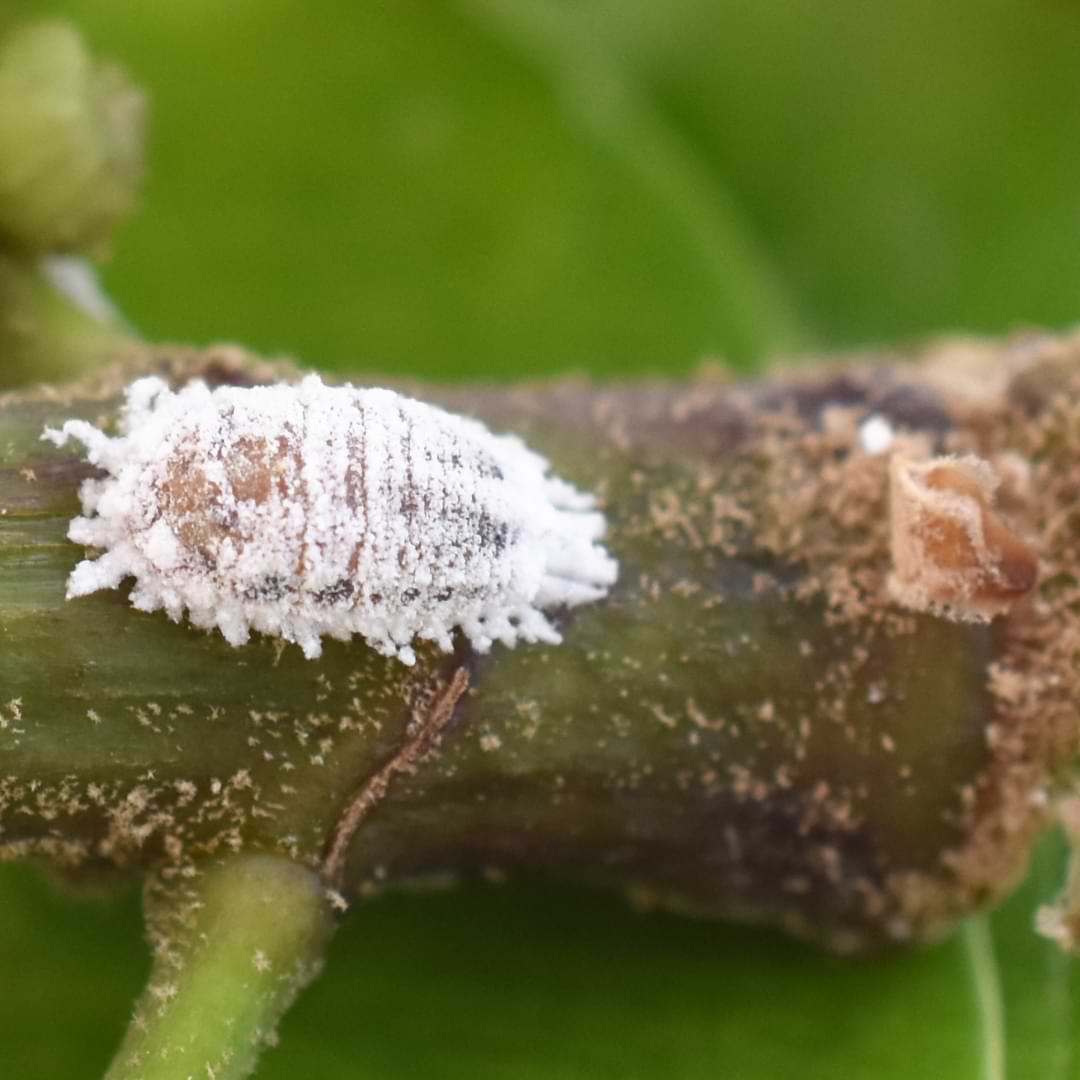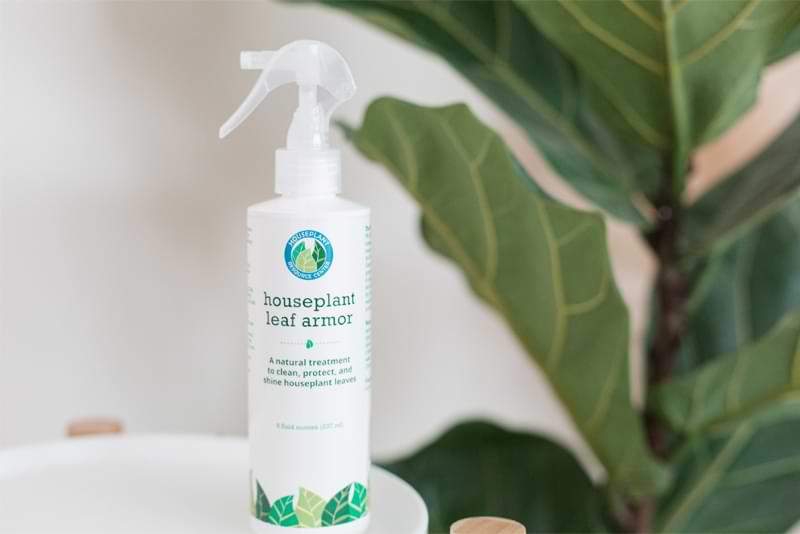Monstera plants are unique, beautiful and a great addition to any home. But like any living thing, your Monstera is susceptible to disease and pests. One particular pest that you might find on your Monstera is the dreaded mealy bug.
Mealy bugs can be difficult to control because they tend to hide in the crevices of stems, making them hard to detect. They also reproduce quickly and can cover an entire plant in no time flat. Fortunately, there are effective ways to rid your monstera of these pests and prevent their return. Read on to learn five effective ways to eradicate mealybugs from your plant!
Table of Contents
What are Mealy Bugs?
Mealybugs are small, wingless insects that are covered in a white, powdery substance. They feed on plant sap and can quickly become a problem for indoor plants. Mealybugs can be difficult to control because they reproduce quickly and spread easily. However, there are a few things you can do to get rid of them.
They are highly attracted to plants with high nitrogen levels and to plants with soft growth. This is one of the reasons it is important not to overwater or over fertilize your plant. Overwatering not only causes root rot, but it also causes soft growth as your plant is overburdened with water. Over fertilizing doesn’t only burn your plant’s roots, it gives your soil too many nutrients, which could attract these pests.

The Different Types of Mealy Bugs
Mealybugs are one of the most common houseplant pests. There are many different types of mealybugs, but they all have one thing in common: they love to feed on plants!
The most common type of mealybug is the long-tailed mealybug (Pseudococcidae). These pests are about 1/4 inch long and have a slender, white body with a long tail. They’re often found in clusters on the stems and leaves of plants, where they suck out the plant’s sap.
Other common types of mealybugs include the short-tailed mealybug (Pseudococcidae), citrus mealybug (Planococcus citri), and woolly mealybug (Pseudococcidae). These pests vary in size and appearance, but all of them feed on plants by sucking out the sap. Mealybugs can cause serious damage to plants, so it’s important to get rid of them as soon as possible.
The Life Cycle of Mealy Bugs
Mealybugs go through four stages in their life cycle: egg, nymph, pupa, and adult. Female mealybugs lay their eggs inside cottony masses on the undersides of leaves or in cracks and crevices on the stems of plants. After about two weeks, the eggs hatch into nymphs. Nymphs look like miniature adults without wings. They begin feeding immediately and molt (shed their skin) several times as they grow.
After about three weeks of feeding and molting, nymphs become pupae inside cocoons made of white wax threads. Pupae do not feed during this stage. Adults emerge from pupae after about two weeks. Both males and females are voracious eaters and as their population grows they can completely decimate your houseplants.
How to Get Rid of Mealy Bugs
So- now that it’s apparent these pests are not the good bugs, let’s get rid of them.
First, check your plant carefully for signs of mealybugs. These pests tend to congregate around the stems and undersides of leaves, so that’s where you’ll likely find them. If you see any white, cottony masses or small, brownish bugs crawling around, you’ve got yourself a mealybug problem.
Once you’ve confirmed that you have mealybugs, it’s time to take action. One way to get rid of them is to wipe them off with a damp cloth or cotton swab dipped in rubbing alcohol. This will kill the bugs on contact and help to control the infestation.
You can also try using an insecticidal soap or neem oil solution to get rid of mealybugs. Simply mix up the soap or oil according to the package directions and spray it on the affected areas of your plant. Be sure to coat all sides of the leaves and stems, as well as any bugs you see crawling around. Repeat this treatment every few days until the mealybugs are gone for good.
If you have a particularly bad infestation, consider drowning your plant in the bathtub with some insecticidal soap mixed with the bath water. Completely submerge the plant to drown the bugs, and leave it for a few minutes. Rinse the plant thoroughly afterwards. You may need to repot the plant with entirely new soil after this process. That will help control the issue even further.
How to Prevent Mealy Bugs from Coming Back
There are a few things you can do to prevent mealybugs from coming back:
- Keep your plants healthy and stress-free. Healthy plants are less susceptible to infestation by pests like mealybugs. Make sure you’re watering and fertilizing your plants regularly, and giving them enough light.
- Inspect your plants regularly for signs of pests. Check under the leaves and in the crevices of stems for any telltale white wax or small bugs. If you see anything suspicious, isolate the affected plant immediately to prevent the problem from spreading.
- Remove mealybugs manually with a cotton swab dipped in rubbing alcohol. Gently dab the cotton swab over each mealybug to kill it instantly. You may need to do this several times over a period of days or weeks to get rid of all the bugs.
- Treat your plants with an insecticidal soap or neem oil solution if manual removal isn’t possible or practical. Follow the instructions on the packaging carefully, as these products can be harmful to humans and
Conclusion
Mealy bugs are a common pest that can wreak havoc on your Monstera plant. Fortunately, there are several effective ways to rid your plant of these pests. We recommend trying the five methods outlined in this article to keep your Monstera plant healthy and free from mealybugs. With consistent care and regular maintenance, you can ensure that your beloved Monstera will remain insect-free for years to come!






